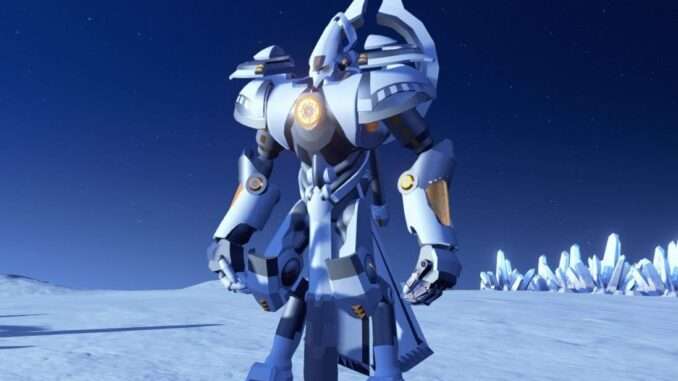
Using energy exchangers to move energy around and control priority on what gets burned.
Guide to Energy Exchange
General Principles
On each Circuit/Network:
- Exchange units set to Discharge go first and add power to the grid before normal generators.
- Exchange units set to Charge will soak up any left over power after normal consumption.
If we add a charge/discharge pair to a grid which already has enough power – we end up just moving the power between a full accumulator and an empty accumulator.
But if the grid is running short – we empty the full accumulator without refilling the empty accumulator on the Charge station.
Anything we use to refill the resulting ‘extra’ empty accumulators becomes “backup” power, only used when the main grid falls short.
How you pair (or do not pair) the exchange units gives you a great deal of control over power priority.
Consuming Accumulators Charged on Another Planet
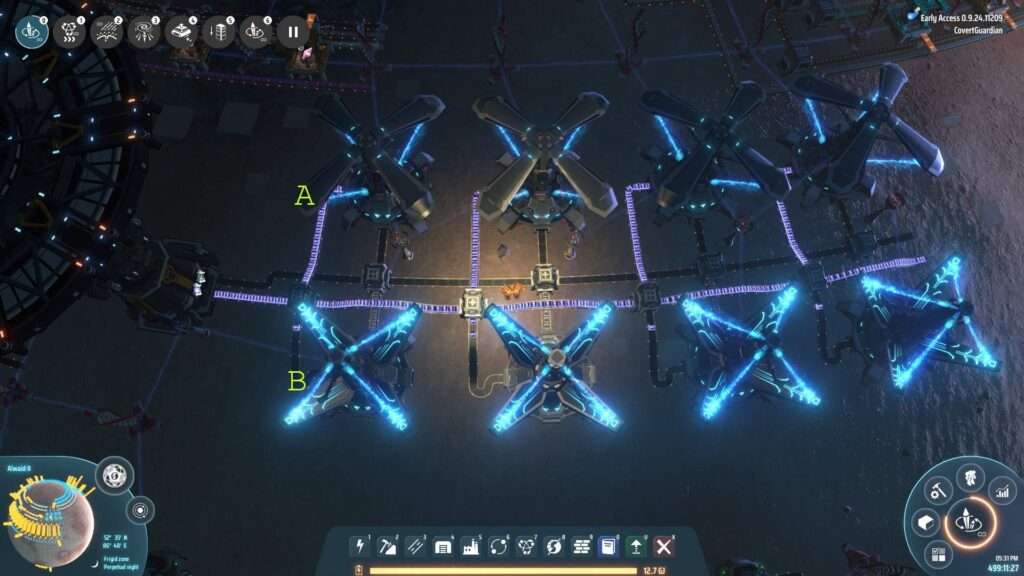
Important points in this build
- Discharge power at A.
- Reabsorb power at B.
If there is enough generation on the local grid, no actual power is used.
We just pour the power between batteries.
The recharged accumulators are looped back and have priority over fresh accumulators from the other planet. So the imported power acts as “backup power” and is only used if the local generation is not sufficient.
Empty accumulators are returned to the source planet when the local queue of empty accumulators backs up.
It is easy to know when you are drawing power from the accumulators because the system reports zero discharge while the discharge / recharge balances out.
Once the local generation is not enough, the amount of power being pulled from the Exchange units is shown as a net discharge on the network power report.
Charging Station for Export to Another Planet
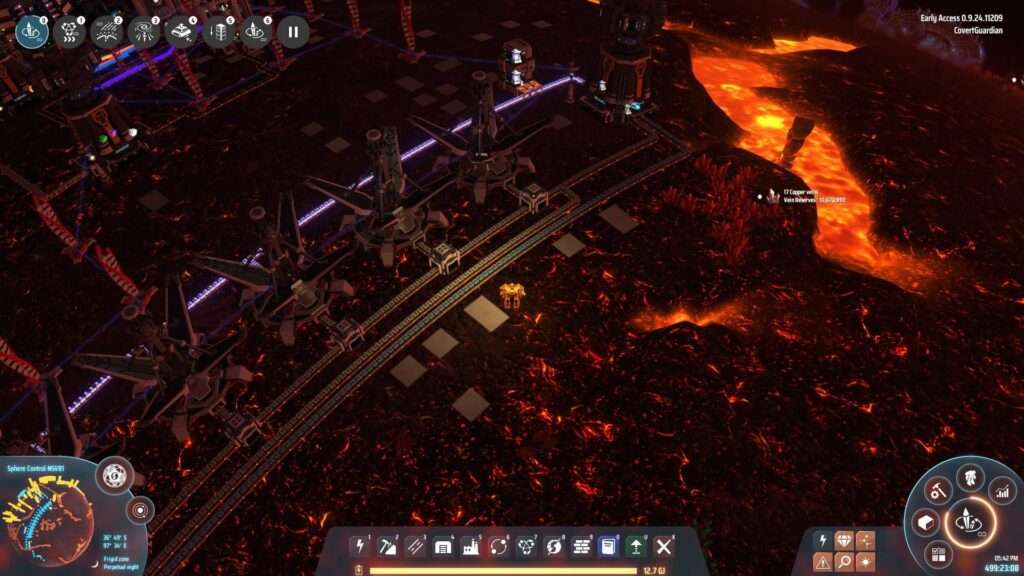
Partial view (more of the same off screen to the left) – Simple charging station. Only subtle bit is that new empty batteries are only added to the system when there is room. (Note the T junction feeding in empty accumulators) So returned empties from other planets have priority. This station works great on worlds with a Dyson Sphere since there is free power to spare.
Note nothing subtle with paired charge/discharge here – just chargers soaking up everything they can get from the local grid. Because charging takes last priority we never need to worry about taking “too much” power from the local grid. Normal consumption goes first.
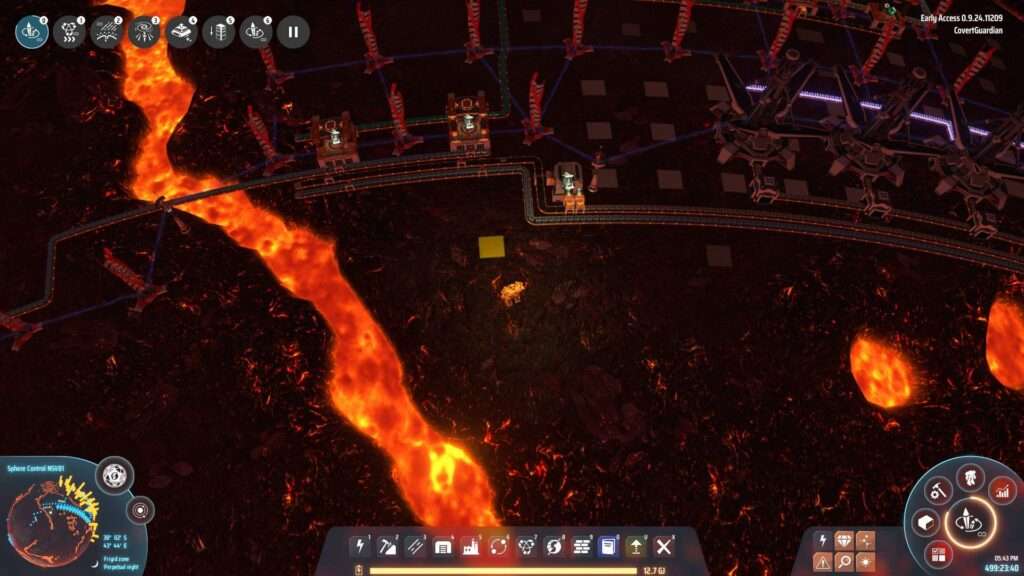
Mini factory at the tail end to make the empty batteries.

Same system with everything lighting up right after a load of full accumulators went out.
Fuel Power at Backup Priority (So Renewable Sources Max Out First)
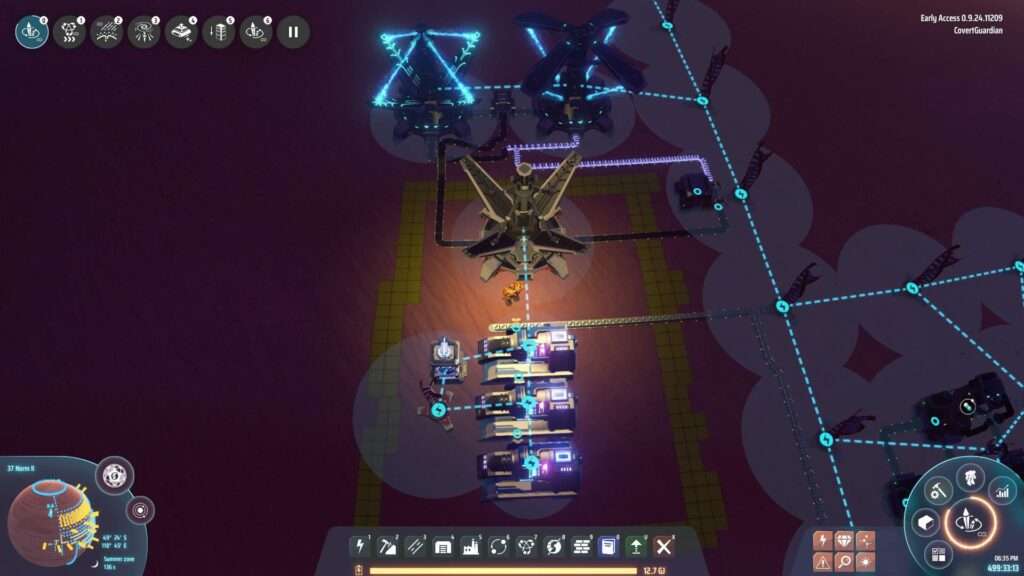
Fusion generators used as backup power. Yellow line shows area where the electrical grids are not connected. So the 3 fusion generators are on their own power grid.
The fusion power is only used if the generation power on the grid is not sufficient.
If there is a power short fall, we get empty accumulators which the fusion generators then refill.
Same idea as generating power on one planet and burning on another – except the two halves are very close to each other (but not on the same circuit). The wind generator and the little battery are in case there is a general power crash. That little bit of power is enough to get the sorters to load the fusion generators. And it works because the sorters are the only load on the isolated system inside the yellow line.

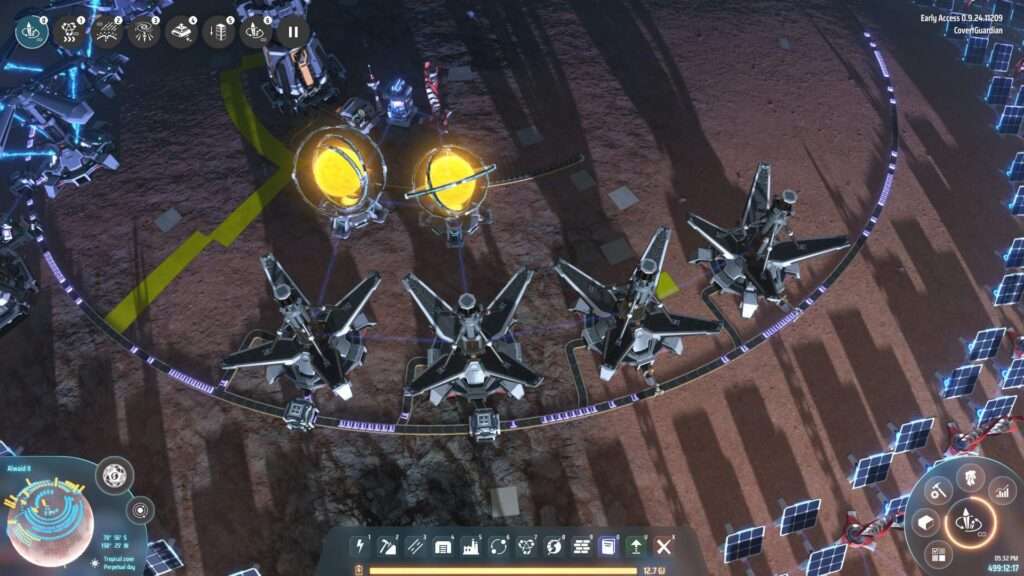
Same idea on a larger scale. The paired up exchange units in the top picture are electrically separate from the anti-matter generator and live on the main planetary grid.
The yellow line shows where we must separate the grid.
The Antimatter generators are only used if the main planet grid comes up short. If there is enough power generation from local renewable sources, then no empty accumulator will pass from the main grid side to the Antimatter side. If there is a shortage, then empty accumulators will pass from the main grid side over to the generator side and the Antimatter generators will fire up to fill the Accumulators.
Again one wind generator and a battery are used to make sure there is power for the sorters in case of a grid crash and failure to deliver fuel.
Making Generators Burn Waste Fuel First

Let me start by saying that I think burning hydrogen to get rid of it is a bad idea.
Once your factory gets going you just need an ILS with power and warpers to push unwanted hydrogen to another part of your factory system. Somewhere you are using up massive amounts of hydrogen.
But…
If you want to burn something, and make sure it burns at high priority – just reverse the pattern we used to save fuel. In the image above the thermal generators inside the yellow box are used to fill accumulators with power. The accumulators are then dumped onto the main grid. The dumped power will be used first – before any other generation on the main grid. So you will throttle down all the normal generation to focus on getting the the accumulators discharged.
This generally results in the thermal generators running full power all the time and quickly getting rid of any waste hydrogen.
You will notice in the picture that it works so well all the accumulators in the system are sitting empty and all the hydrogen fuel is gone…


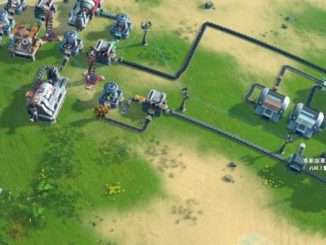

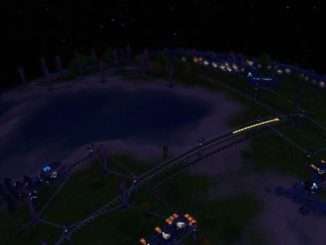
Be the first to comment